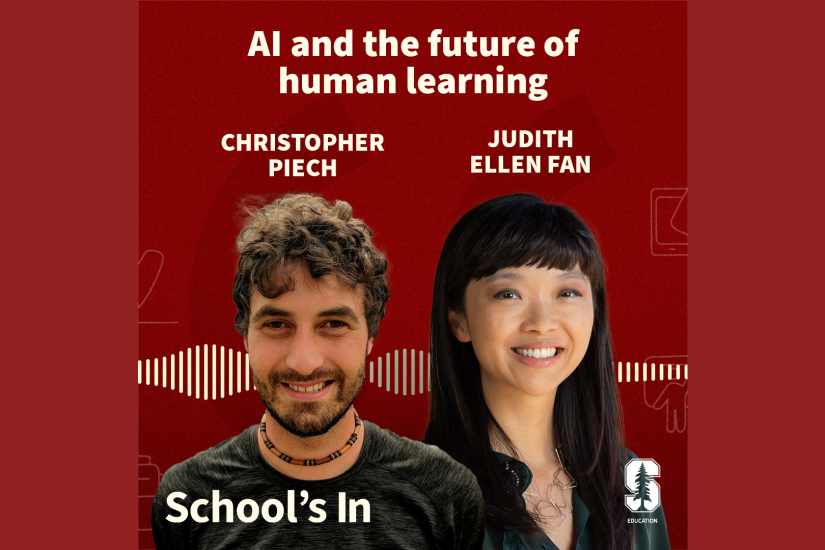
‘Where the magic happens’: A look into the specialty spaces coming to the Graduate School of Education
Stanford Graduate School of Education’s (GSE) new campus construction project is well underway— and while there will be many spaces some might expect at the GSE, there are a few surprises in store.
From several multi-use event rooms to a new testing suite and upgraded versions of old favorites, members of the GSE and the greater Stanford community will be able to teach, study, and explore education in new and expansive ways.
“What we’ve learned at Stanford, and from architects and designers from around the world, is that the right kind of space can be transformative,” said Olivia Crawford, associate dean of finance and operations at the GSE. “When you provide people with functional and inspiring surroundings, it expands what they can do.”
Here, Crawford pulls back the curtain on some of the unique spaces built into the GSE’s new campus construction project.
What are some of the specialty spaces in the new campus?
One of the spaces that is special in our new campus is the research testing suite, which is a place for faculty to bring in individuals to participate in education-focused research projects. It includes a secure data room, which provides a space for storing and analyzing highly sensitive data. There’s also the classroom of the future – a space outfitted with video, sound, haptic and other technology to allow research to analyze classroom-based teaching practices and student engagement in vivo. We also have a makerspace and the related AI Tinkery.
We will also have event spaces like the Great Hall, Barnum Hub, Community Forum, and a top floor meeting room with expansive view. These will be game changers for the GSE. So many of our events, even when we were in our original buildings, had to be held outside of the school and across campus. Now they’re finally going to be able to be held in-house in spaces that bring in natural light, afford inspiring views, and can support a range of gatherings.
What role did members of the GSE community have in the creation of these spaces?
We started working on the project in 2017 and have had various phases that included gathering input from community members.
In the design phase we held a number of focus groups with the architects. Faculty, research staff, and students shared what their dream space would include. And we’ve continued meeting with these groups and getting feedback throughout the process.
Their suggestions wholly informed the design.
Who are these specialty spaces designed for?
We really customized these spaces for the Stanford education community, particularly our research spaces and the kind of work education scholars do. The research spaces are for our faculty, doctoral students, and research staff so they can pursue the kind of interesting and groundbreaking research that you would expect from Stanford. That includes the research testing suite, the secure data room, and the classroom of the future.
The GSE Makery and AI Tinkery are spaces that speak particularly well to our Learning Design and Technology program, but they’re for anyone who’s thinking creatively or entrepreneurially about learning. Both spaces will be open to the greater Stanford community, and there will be opportunities for those outside Stanford to take advantage of the spaces, as well. We have many collaborations with local schools, for example.
The event space is really for everyone — the GSE community, Stanford broadly, and beyond. We host events and programs for people from across the country and across the globe to share expertise and co-create solutions for education, and it’s really exciting to have a flagship space dedicated to learning for the world.
What do you hope these specialty spaces will accomplish for the GSE?
On day one of moving into the new spaces, I foresee a new energy for the school inspired by the remodeled space but mostly because the community will be together. Before this project, the GSE was spread across several buildings. Everything will be nicer — prettier, more polished, and logistically smoother. Over time, the space will change how we think about engagement, teaching, and research.
It will enable new possibilities and allow people to move forward in new directions. It sounds fantastical, but I think it’s a human experience we’ve all had. When you enter a space that is inclusive, inspiring, resourced and welcoming, you can be your best self and most successful.
When we do that for a community, especially one committed to advancing learning, it can be transformative. I’m excited for our Stanford community to have this space, but more so for the impact it will have on expanding knowledge, creating solutions, and advancing our vision to improve learning for all. What happens in the space is really where the magic happens.



